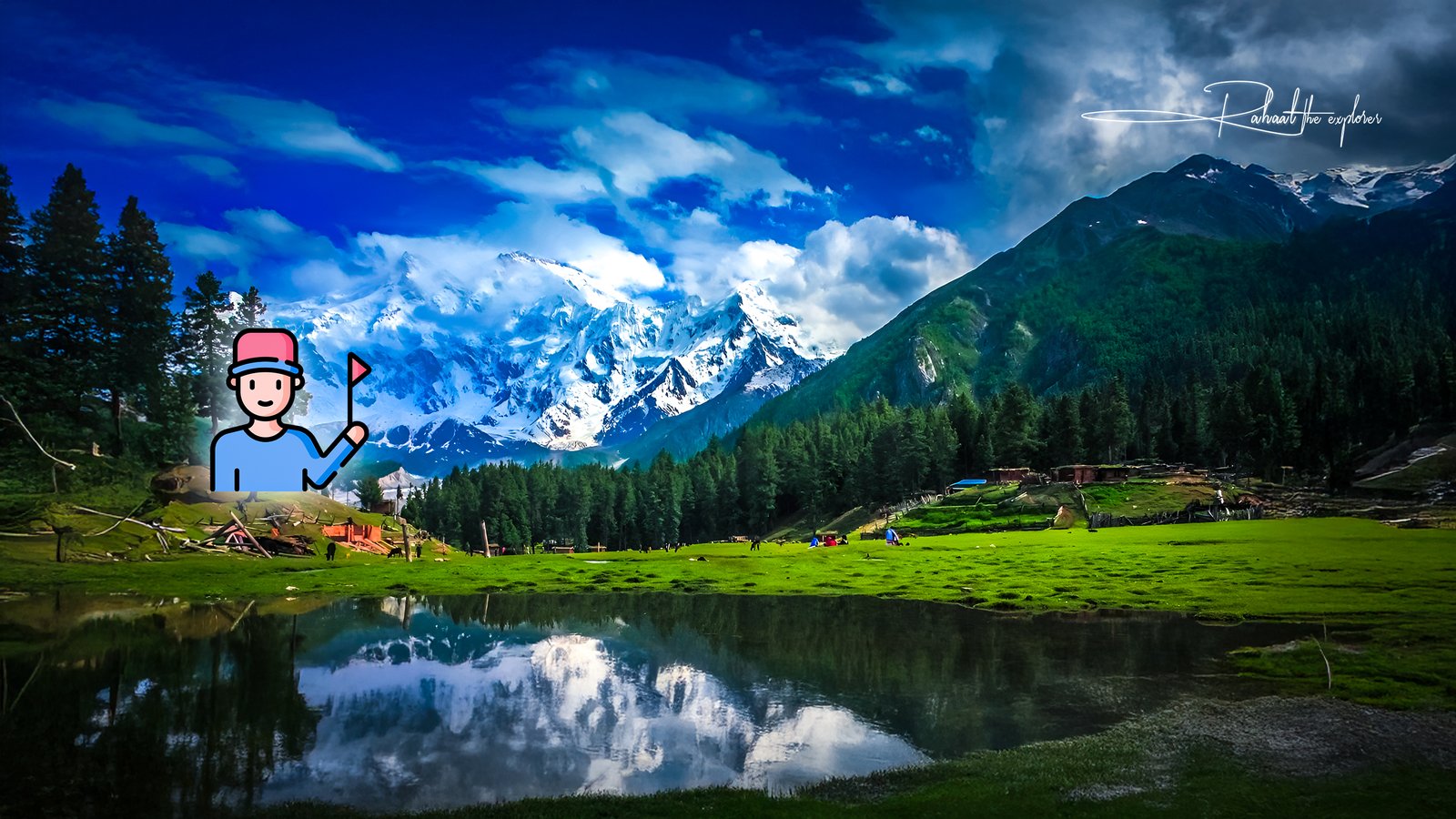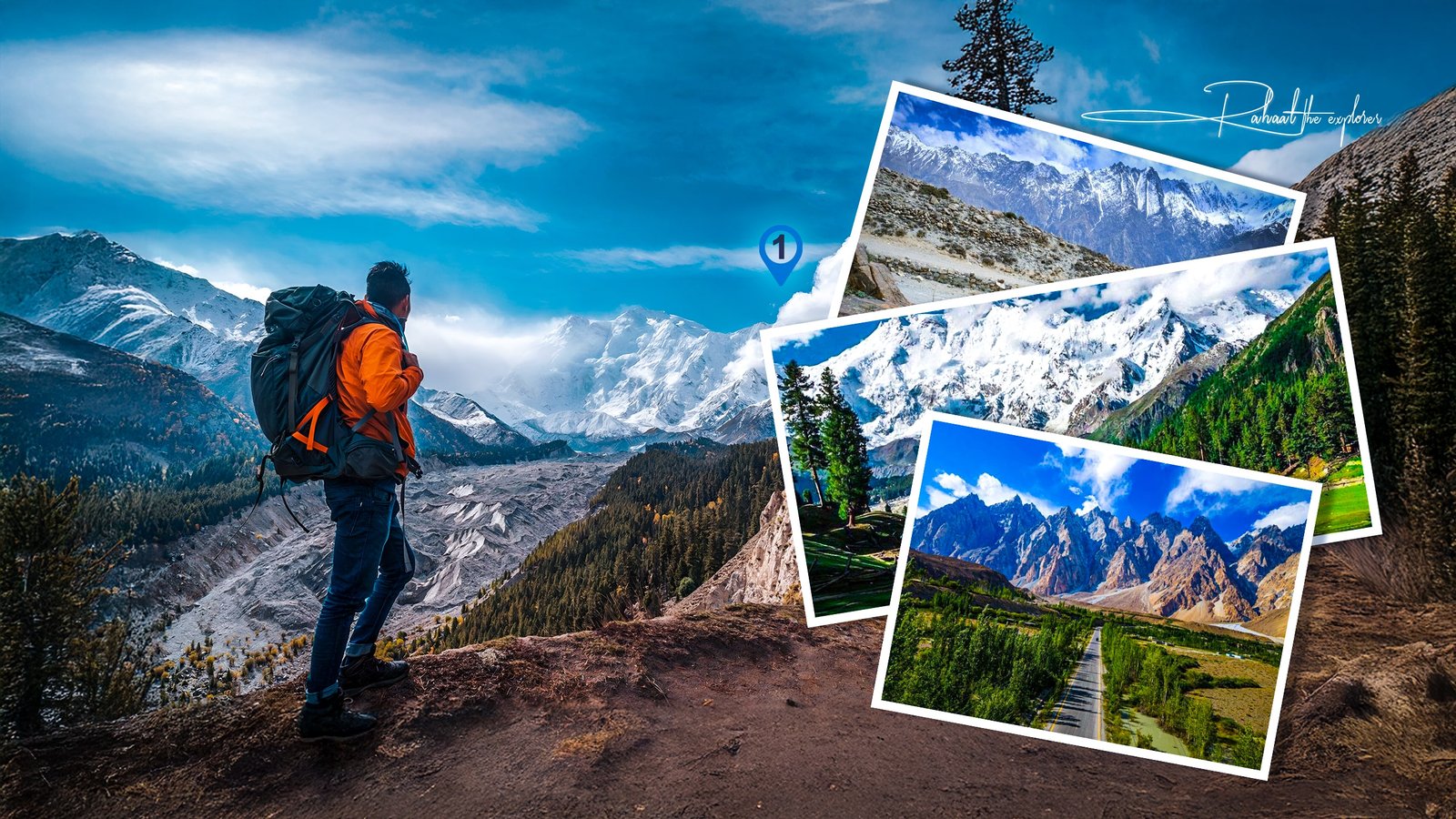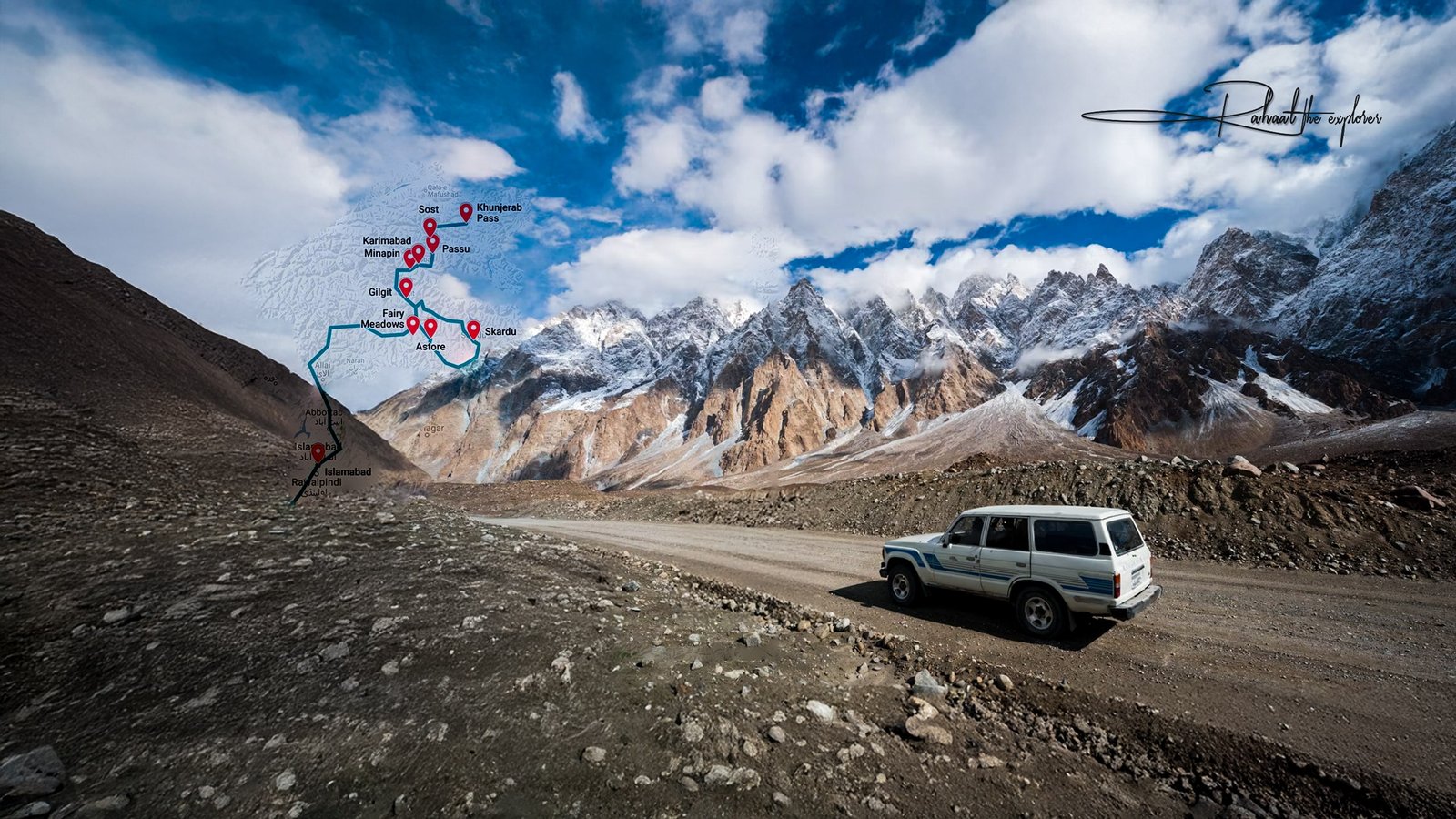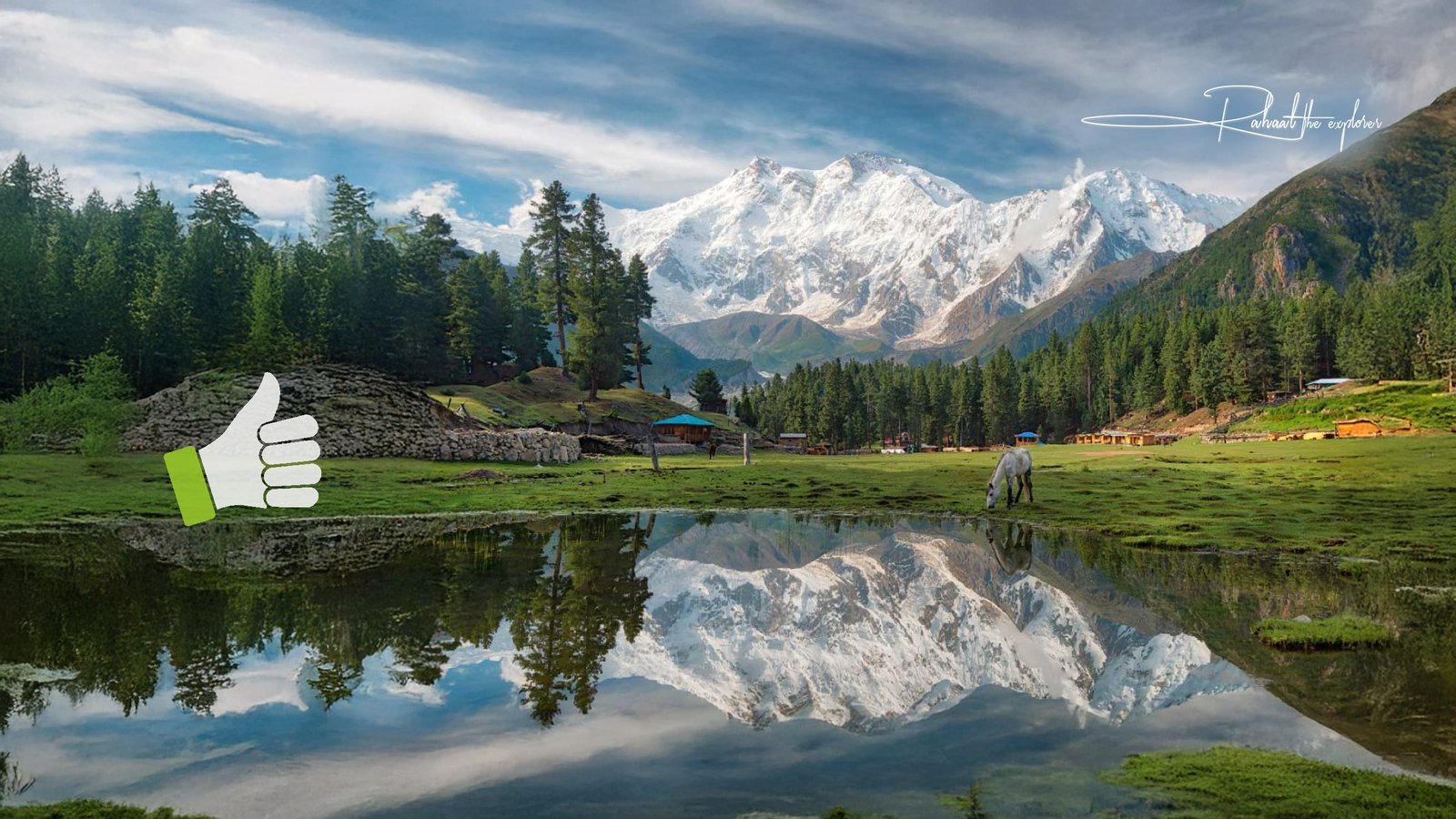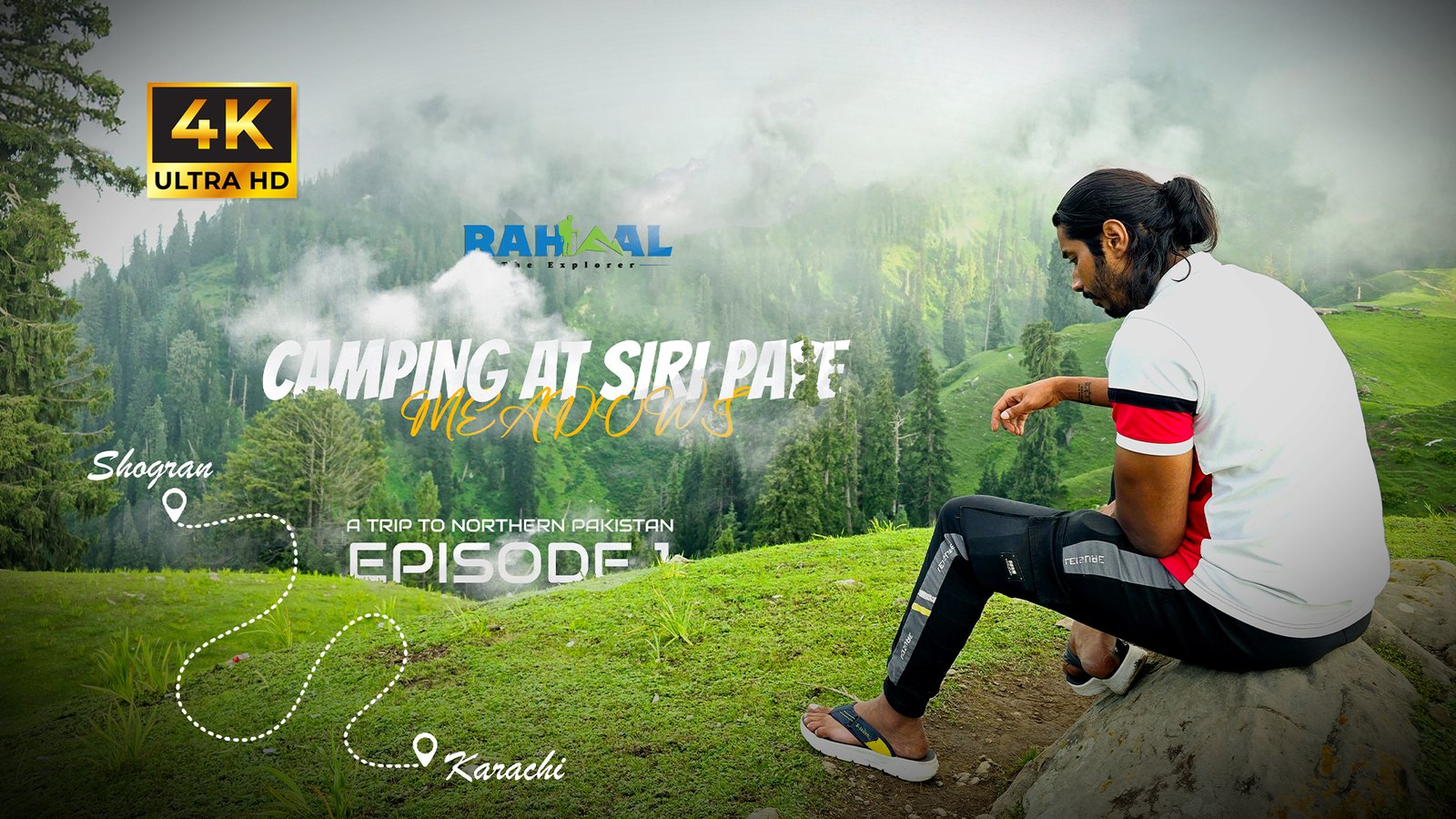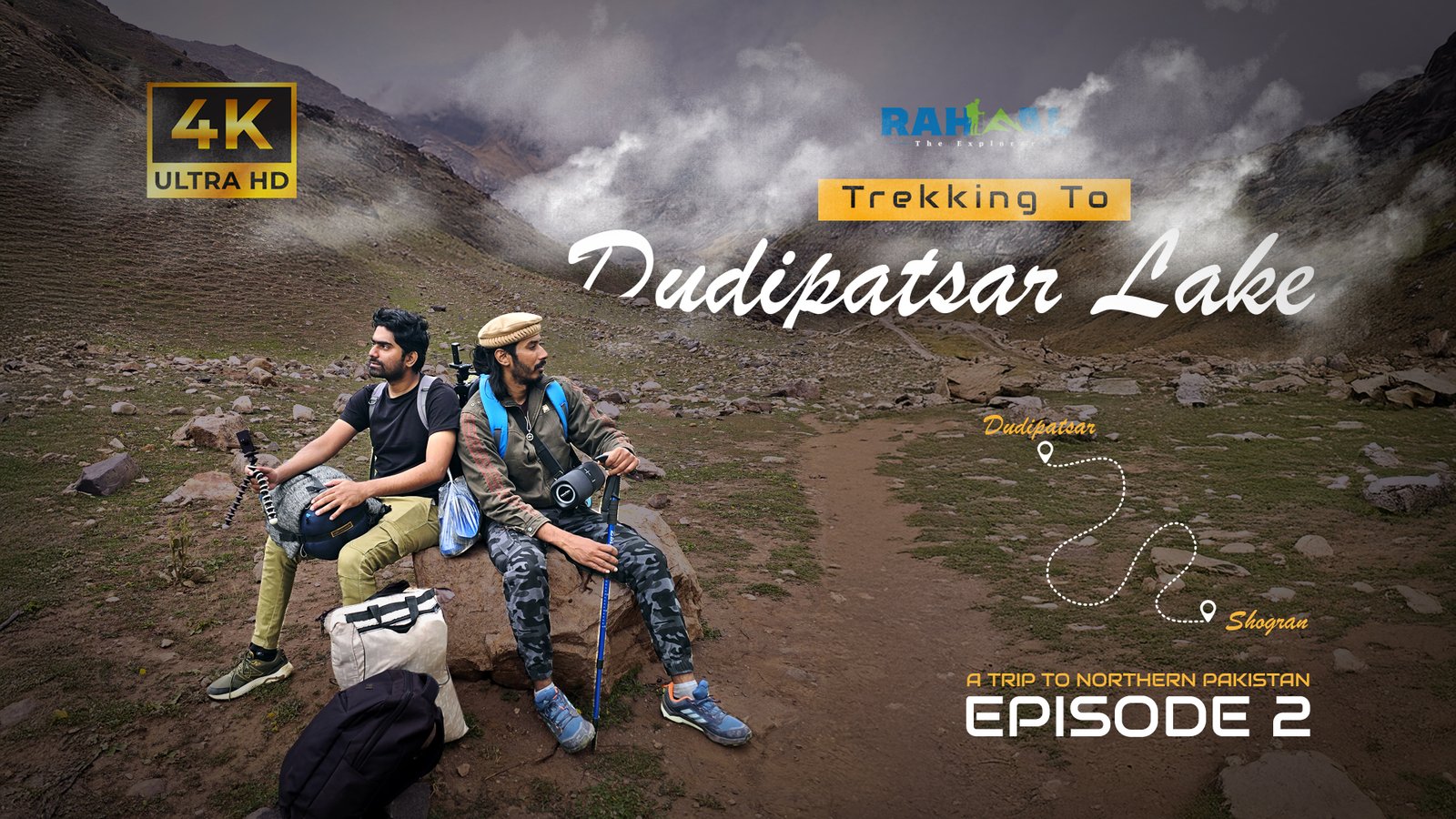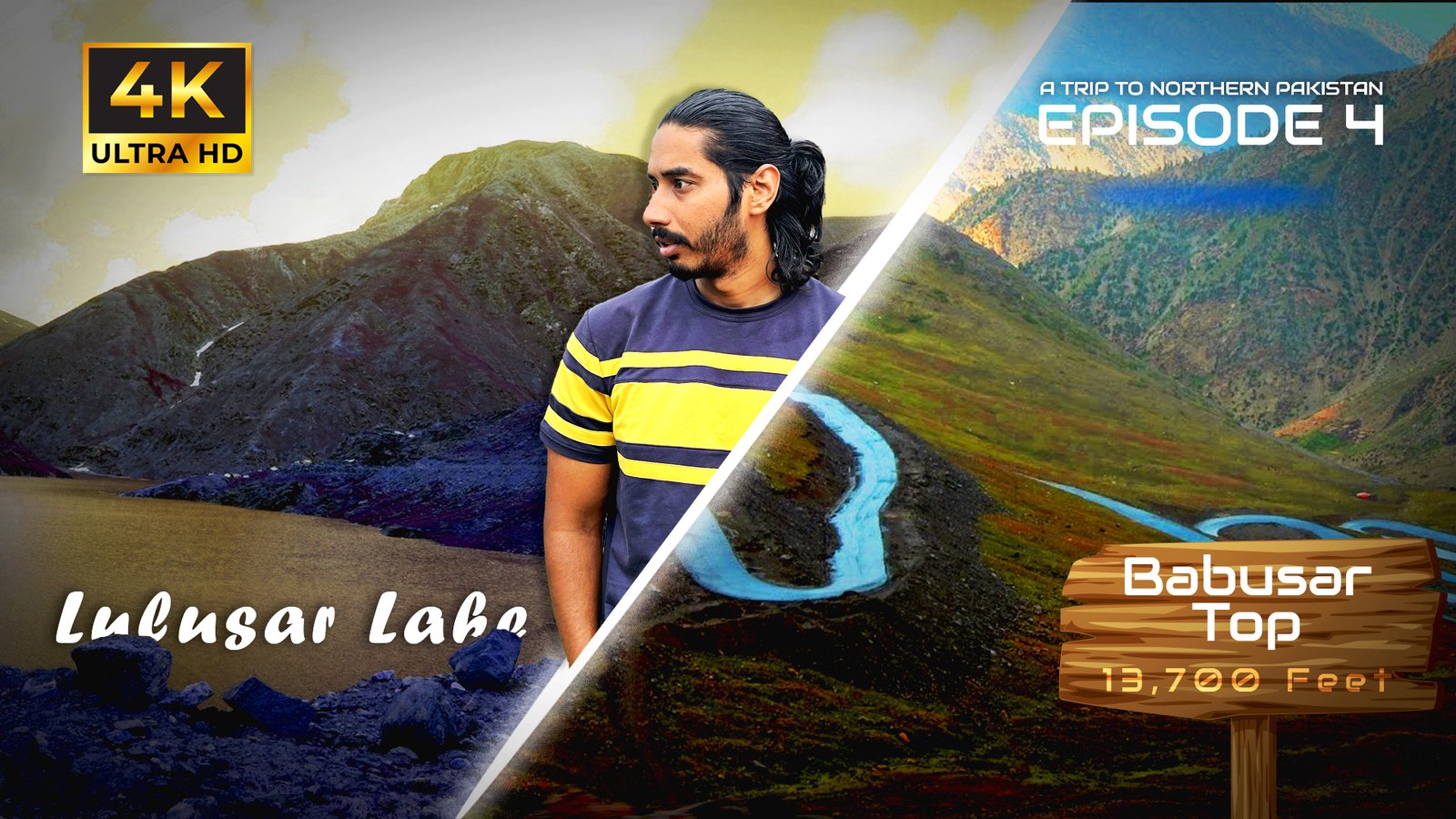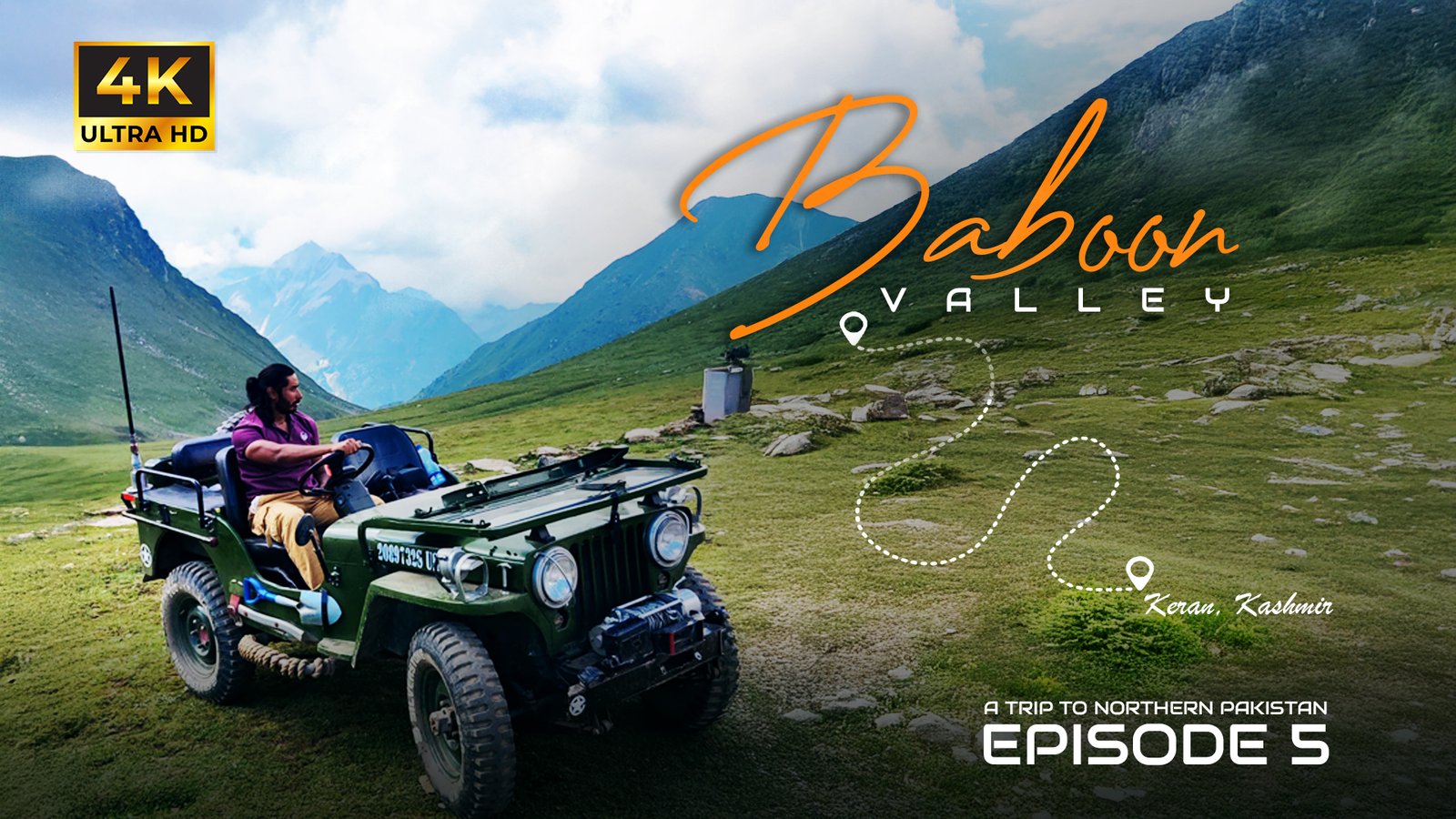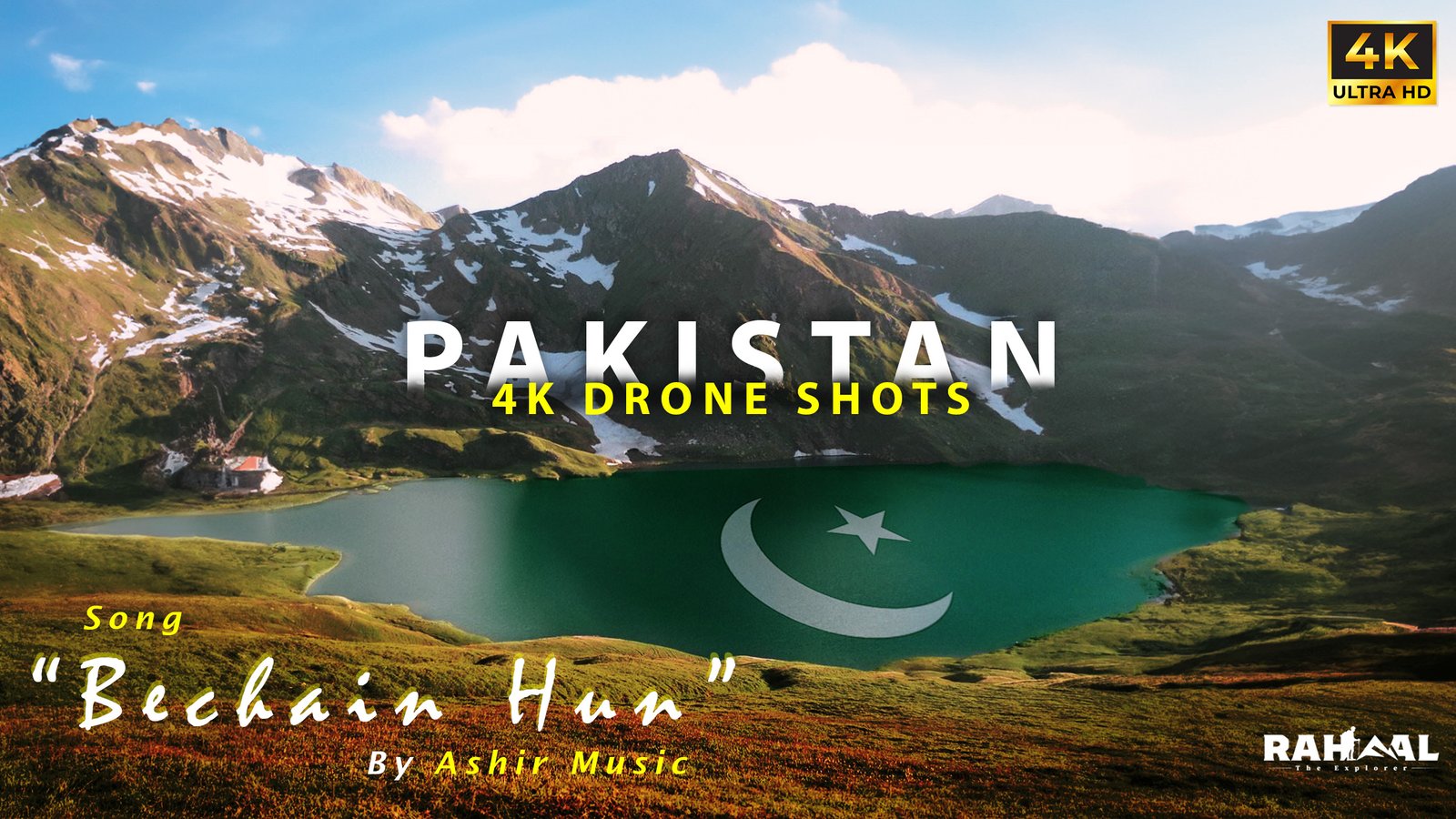Hunza Valley is one of the most magnificent and peaceful destinations in Pakistan. Surrounded by the mighty Karakoram Mountains, turquoise lakes, ancient forts, and vibrant cultural heritage, Hunza has become a dream destination for both local and international travelers. Whether you are a nature lover, a photographer, or an adventure seeker, Hunza Valley travel offers everything needed for a memorable and soulful getaway.
In this detailed travel guide, we explore the top attractions in Hunza Valley, where to stay, what to eat, how to plan your route, seasonal travel tips, cultural highlights, and essential FAQs—crafted to help travelers enjoy the best experience possible.
Why Hunza Valley is Called Nature’s Hidden Paradise
Hunza Valley is famous for its breathtaking beauty and incredibly peaceful atmosphere. The valley is home to some of the world's highest peaks, including Rakaposhi and Ultar Sar, which provide stunning backdrops to towns like Karimabad and Aliabad. In spring, the valley turns pink and white with apple and apricot blossoms, while autumn transforms Hunza into a golden paradise with shades of red and orange.
Reasons why Hunza is one of Pakistan’s most beloved destinations:
- Spectacular mountain scenery
- Friendly and hospitable locals
- Historical landmarks and forts
- Adventure activities and trekking trails
- Unique culture and languages (Burushaski & Wakhi)
- Delicious local organic food and fruits
Best Time for Hunza Valley Travel
Hunza is open for tourism all year, but each season offers a unique experience:
| Season | Temperature | Highlights |
|---|---|---|
| Spring (March–May) | Cool & breezy | Cherry and apricot blossom festival |
| Summer (June–August) | Pleasant weather | Ideal for sightseeing and road trips |
| Autumn (September–October) | Cold nights | Most colorful season, incredible photography |
| Winter (November–February) | Very cold | Snow sports, fewer tourists, limited access to high passes |
For first-time travelers, summer and autumn are the most suitable times.
How to Reach Hunza Valley
The journey usually starts from Islamabad, heading toward Gilgit-Baltistan.
Two common travel routes:
Route 1: Karakoram Highway (KKH)
Islamabad → Abbottabad → Mansehra → Besham → Dassu → Chilas → Gilgit → Hunza
Travel Time: 18–20 hours by road
Road: Mostly smooth but with some mountain turns
Route 2: Via Naran (Seasonal Route)
Islamabad → Mansehra → Balakot → Naran → Babusar Top → Chilas → Gilgit → Hunza
Travel Time: 14–16 hours
More scenic than KKH but only open June to October
By Air
Islamabad to Gilgit flight: 1 hour (weather-dependent)
Then a 2–3 hour road trip to Hunza
Top Places to Visit during Your Hunza Valley Travel
Hunza Valley is divided into Lower, Central, and Upper Hunza, each with its own attractions. Here is a complete list of must-visit spots:
1. Karimabad – Cultural and Scenic Heart of Hunza
Karimabad is the most popular tourist town in Hunza. It offers beautiful views of Rakaposhi and surrounding peaks.
Top attractions in Karimabad:
- Baltit Fort (700-year-old architectural wonder)
- Altit Fort (UNESCO-restored heritage site)
- Local handicraft and gemstone shops
- Sunset viewpoints
Karimabad is the perfect place for culture, food, and shopping.
2. Attabad Lake – A Turquoise Masterpiece
Formed in 2010 due to a massive landslide, Attabad Lake is now one of the biggest attractions in Hunza Valley travel.
Activities:
- Boating
- Jet skiing
- Lakeside photography
- Luxury glamps and cafes with lake views
The water appears bright blue even under cloudy skies, creating a striking landscape.
3. Passu Cones – The Iconic Rock Formations
Passu Cones are unique pointed mountain peaks, visible from the Karakoram Highway near Gulmit. These dramatic peaks are a photographer’s dream.
Nearby attractions:
- Passu Glacier
- Passu Suspension Bridge (short hike required)
- Borith Lake
This area is peaceful and uncrowded compared to central Hunza.
4. Khunjerab Pass – Border of Pakistan and China
Located at 4,700 meters above sea level, Khunjerab Pass is the highest paved international border crossing in the world.
Highlights:
- Khunjerab National Park (chance to spot snow leopards, yaks, ibex)
- Snow and icy winds even in summer
- Scenic drive along KKH
Best to carry warm clothes due to high-altitude cold weather.
5. Hoper Valley and Hoper Glacier
A short drive from Nagar leads to Hoper Valley, offering peaceful meadows and glacier views.
Perfect for:
- Short treks
- Photography of ice formations
- Exploring nature away from crowds
6. Eagle’s Nest View Point
Located in Duikar village, this viewpoint offers panoramic views of Rakaposhi, Golden Peak, Ultar, and the entire Hunza Valley. Sunrise and sunset are unforgettable here.
Best activity: An evening tea while watching the sky turn golden.
7. Hussaini Suspension Bridge
Often described as one of the world’s most adventurous bridges, this long wooden hanging bridge requires courage to cross. Not recommended during snowfall or wind storms.
8. Gojal Valley – The Gateway to Wakhan Corridor
Gojal includes several small villages with rich Wakhi culture. It is a calm and scenic region, ideal for cultural exploration and trekking lovers.
Adventure and Trekking Activities in Hunza
Hunza offers a variety of thrilling adventures. Popular ones include:
- Rakaposhi Base Camp Trek
- Passu Glacier Trek
- Batura Glacier Trek
- Boating and kayaking at Attabad Lake
- Rock climbing and mountaineering (with guides)
Ensure proper guidance and safety gear for all adventure activities.
Local Culture and People of Hunza
Hunza locals are well-known for their hospitality and long life expectancy. The region has:
- High literacy rate
- Peaceful and respectful environment
- Rich traditions in music and dance
- A balanced lifestyle focused on health and fresh foods
Languages:
- Burushaski (Central Hunza)
- Wakhi (Upper Hunza)
- Shina (some regions)
Hunza is one of Pakistan’s most peaceful and tourist-friendly areas.
Traditional Food of Hunza Valley
During your Hunza Valley travel, do not miss these local dishes:
- Chapshuro (meat-filled bread)
- Gyal (buckwheat flatbread)
- Dowdo (traditional soup)
- Apricot oil dishes
- Organic fresh fruits (cherries, apricots, apples)
- Walnut and mulberry treats
These foods reflect the natural and healthy lifestyle of the valley.
Accommodation Guide
Hunza offers hotels, guesthouses, and luxury residences for various budgets.
Best areas to stay:
- Karimabad: Centrally located, cultural shops nearby
- Gulmit / Gojal: More peaceful environment
- Attabad Lake: Lake-view lodges and glamping
Advance booking is recommended during peak tourist seasons.
Shopping and Souvenirs
Things worth buying in Hunza include:
- Handmade gemstones and jewelry
- Woolen shawls and traditional caps
- Wooden crafts
- Organic dried fruits (especially apricots and almonds)
Karimabad Bazaar is the best marketplace for unique cultural items.
Responsible Tourism in Hunza
Hunza Valley is naturally beautiful and must be protected. Travelers should:
- Avoid littering and use dustbins
- Respect local customs and privacy
- Support local businesses
- Conserve water and energy
- Avoid damaging nature or wildlife
Sustainable tourism ensures this paradise remains pristine.
Travel Tips for Hunza Valley
- Keep warm clothes even in the summer season
- Carry a power bank and water bottle
- Start long drives early to avoid nighttime road travel
- Cash is necessary as some areas have limited ATM service
- Drone flying is restricted in many areas, check rules beforehand
These simple steps will enhance your Hunza Valley travel experience.
Sample 5–7 Day Hunza Travel Itinerary
| Day | Plan |
|---|---|
| 1 | Islamabad → Naran → Chilas |
| 2 | Chilas → Gilgit → Hunza |
| 3 | Karimabad, Baltit Fort, Altit Fort |
| 4 | Attabad Lake, Passu Cones, Gulmit |
| 5 | Khunjerab Pass and return to Hunza |
| 6 | Eagle’s Nest viewpoint and shopping |
| 7 | Departure from Hunza |
This flexible itinerary includes most major attractions for a first-time visit.
FAQs About Hunza Valley Travel
1. Is Hunza safe for tourists?
Yes, Hunza is one of the safest places in Pakistan. Locals are hospitable and crime rate is very low.
2. How many days are enough for a Hunza Valley trip?
A 5–7 day trip is ideal to explore main attractions comfortably.
3. Can small cars reach Hunza?
Yes, small cars can easily travel on the Karakoram Highway up to Hunza.
4. Is internet available in Hunza?
Yes, internet works in most towns, but mountainous regions may have weaker signals.
5. Is Hunza expensive to travel?
Costs vary, but a budget-friendly trip is possible by choosing economical hotels and food.
Final Thoughts
Hunza Valley stands among the world’s most extraordinary travel destinations. From the crystal-blue waters of Attabad Lake to the towering Passu Cones and ancient forts overlooking the valley, every corner of Hunza brings a new sense of awe. The nature, culture, traditions, and hospitality combine to make Hunza Valley travel a once-in-a-lifetime experience.
If you are looking for peace, adventure, and breathtaking beauty, Hunza Valley should be at the top of your travel list. Start planning, pack your bags, and explore the hidden paradise in the northern mountains of Pakistan.






